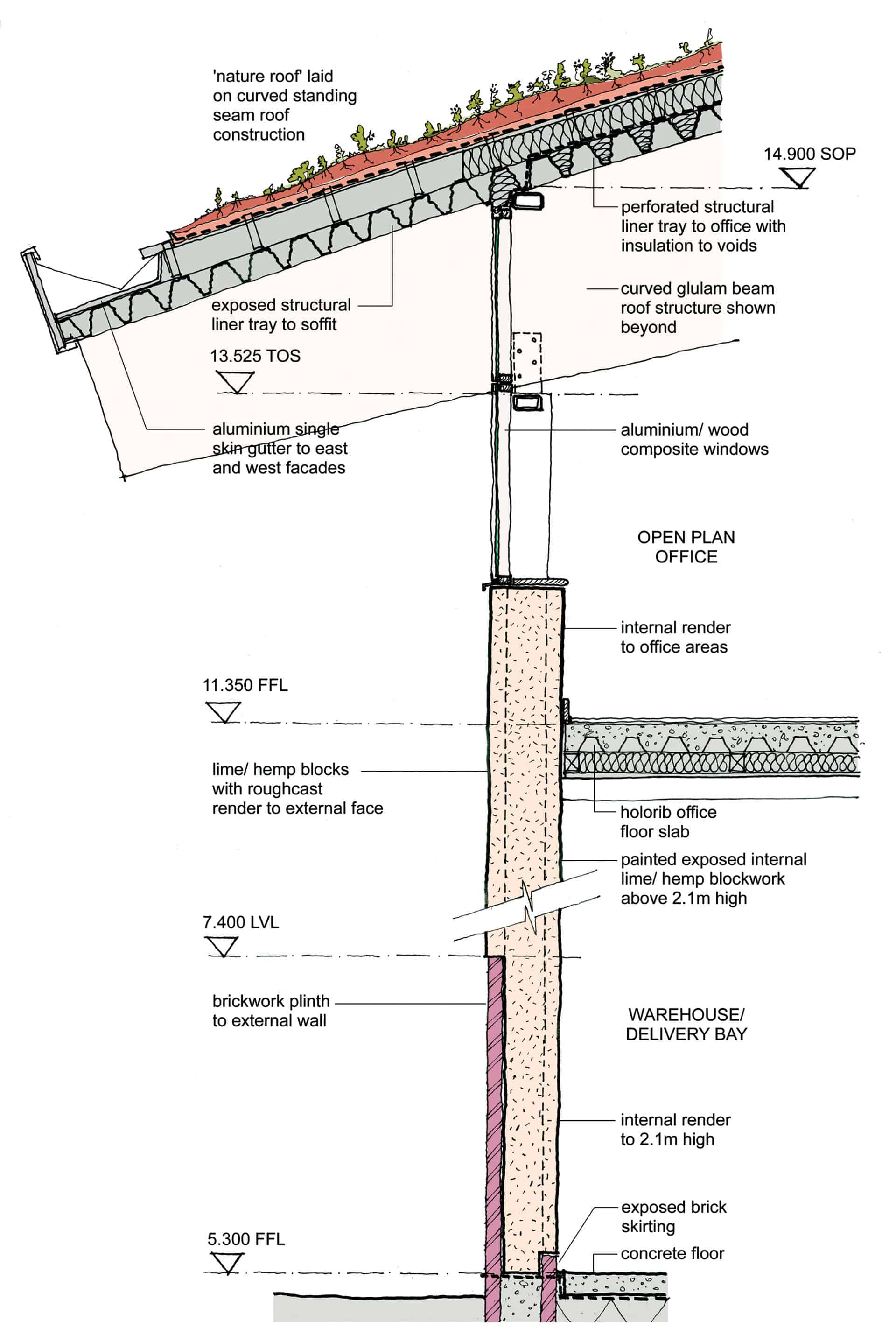
When approaching the delicate task of summarizing a paragraph, one must be acutely aware of the myriad details that can enrich the overall quality of the summary. This consideration not only enhances comprehension but also ensures that the essence of the original paragraph is preserved. A good summary distills the crux of the content while shedding light on the nuanced layers beneath the surface. Herein, we will explore the various types of content that merit inclusion in a well-structured summary, thus enabling readers to hone their summarization acumen for any text they encounter.
To begin with, a cogent summary should encapsulate the main idea or thesis of the paragraph. Identifying this central theme is paramount; it forms the backbone of the summary. For example, if the original paragraph discusses the implications of architectural sustainability, a succinct restatement of this idea not only provides clarity but also directs the reader’s focus. This overarching statement should be both clear and concise, omitting any extraneous details that may obfuscate understanding.
Following the main idea, elaborating on supporting details that bolster the thesis can greatly enhance the richness of a summary. These could include critical facts, statistics, or examples that elucidate the central premise. For instance, if the paragraph references specific architectural practices that promote sustainability, summarizing these elements can offer readers insight into the methodologies discussed. It can also foster a deeper appreciation for the practical applications of the theoretical constructs introduced.
In addition to the main idea and supporting details, one must also consider the significance of context within the summary. Contextual information serves to situate the paragraph within a larger framework of discourse. It is imperative to convey why the discussed topic is relevant or timely. Are there recent developments in sustainability practices that relate to the original discussion? A judicious inclusion of temporal or situational context can provide readers with a comprehensive understanding of the text’s implications.
Moreover, transitions within the paragraph are worthy of note when crafting a summary. They represent the flow of thought and can indicate shifts in perspective or argumentation. Addressing these transitions in a summary underscores the logical progression of ideas, offering readers a coherent narrative that mirrors the structure of the original text. Thus, even brief nods to these transitions can illuminate the reader’s path through the complexities of the argument presented.
It is also prudent to consider the author’s tone and style. The emotive and rhetorical choices made in the original paragraph may contribute significantly to its overall impact. Emulating the author’s tone in the summary can ensure that the essence of the original message is preserved. For instance, if the paragraph adopts a critical stance towards sustainable architecture practices, mirroring this tone can convey the author’s intent effectively. By maintaining fidelity to the original voice, the summary gains authenticity and relevance.
Collaboration of these elements is vital; thus, juxtaposing divergent viewpoints presented in the paragraph can provide a comprehensive overview. If the original paragraph contemplates differing perspectives on sustainability, acknowledging these variations in the summary can lend depth to the understanding. This approach also cultivates critical thinking, as it encourages readers to explore the multifaceted nature of the discourse.
Beyond the core components of the paragraph, including implications or consequences aligned with the paragraph’s assertions can substantially amplify the summary’s depth. Highlighting potential outcomes or ramifications of the ideas discussed provides the reader with a forward-looking perspective, prompting them to consider future applicability or relevance.
Furthermore, one should weigh the importance of brevity balanced with comprehensiveness. A tantalizing aspect of summation is conciseness—the ability to relay the essential points without excessive elaboration. However, this should not come at the expense of obscuring vital information. Striking the right equilibrium ensures that the summary is digestible yet informative. The precision of language is paramount; each word should serve a purpose, contributing to the overall clarity of the summary.
Finally, reviewing the summary against the original paragraph fosters an important reflective process. Ensuring alignment with the main ideas, supporting details, and overall tone invites scrutiny that can yield a more polished final product. Effective summary writing involves synthesizing the insights gleaned, producing a document that encapsulates both the spirit and substance of the original text.
In conclusion, crafting a good summary involves a multifaceted approach that weighs the significance of various content types—central themes, supporting details, context, tone, and logical transitions. Each element is integral to forming a coherent, insightful, and representative summary. As one hones the ability to identify and include these crucial components, they become better equipped to engage with diverse texts, fostering a deeper understanding of complex ideas and arguments. A well-executed summary is not merely a reflection of the original; it is an interpretation that educates and enlightens its readers.
